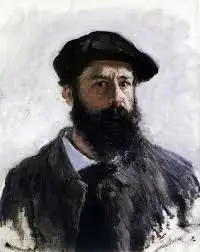Claude Monet’s *Road at La Cavée, Pourville* captures a windswept coastal path with an almost tangible energy, where the brushstrokes seem to dance with the sea breeze. The painting immerses the viewer in a fleeting moment—sunlight flickering through shifting clouds, wild grasses bending under the wind, and the distant horizon dissolving into soft blues and greens. Monet’s loose, expressive technique blurs the line between land and sky, making the scene feel alive with movement. There’s a quiet drama here, not in grand gestures but in the way light and texture conspire to evoke the raw, untamed beauty of the Normandy coast.
Painted during one of his many stays in Pourville, this work reflects Monet’s fascination with capturing transient effects of weather and time. The path, slightly uneven and worn, invites the eye toward the sea, while the choppy brushwork in the foreground suggests the crunch of gravel underfoot. Unlike his later, more abstract pieces, this painting retains a delicate balance between impressionistic freedom and recognizable detail—a testament to Monet’s ability to make the ordinary feel extraordinary. It’s a snapshot of a place deeply personal to him, yet universal in its evocation of nature’s restless charm.


-full.webp)
-full.webp)
-full.webp)
-full.webp)
-full.webp)
-full.webp)
-full.webp)
-full.webp)
-full.webp)